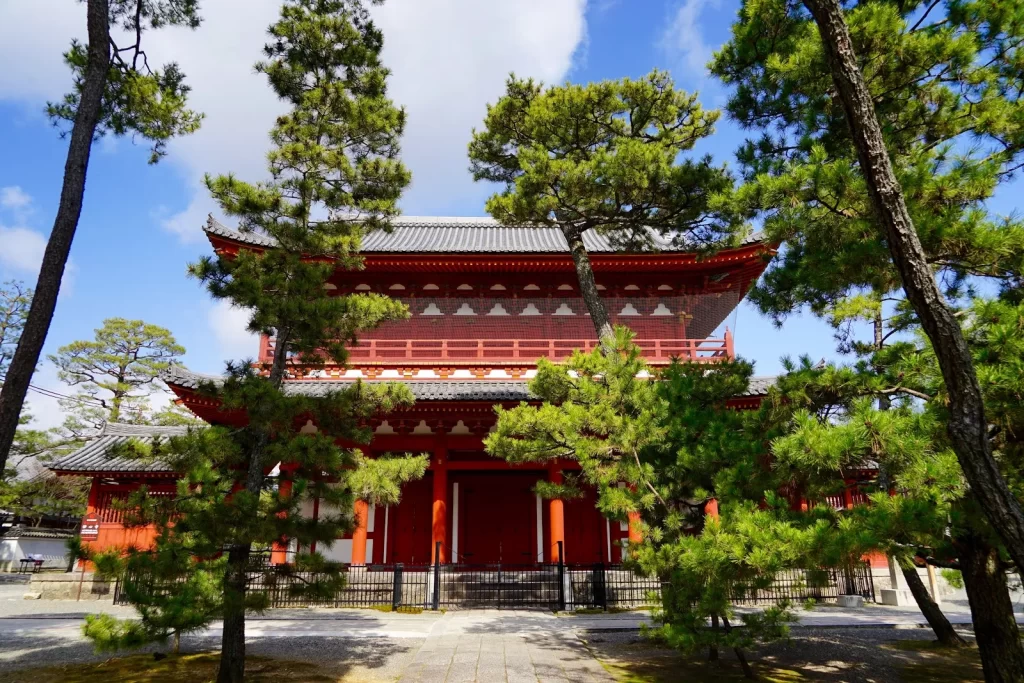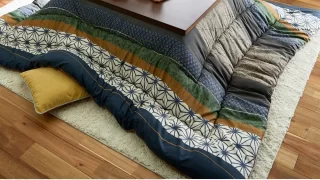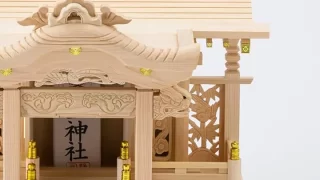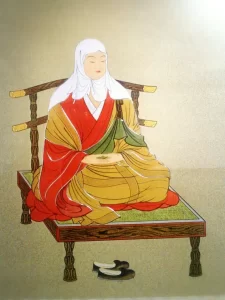What is the Rinzai sect of Buddhism?

Contents
The beginning of the Rinzai sect
It is one of the five schools of Zen Buddhism in China, and its founder is Rinzai Gigen in the Tang Dynasty.
Introduced to Japan by Eisai in the 1100-1200s, it is counted as one of the Kamakura new Buddhism along with the Soto sect, Jodo sect, Jodo Shin sect, Ji sect, and Hokke sect.
In 1195, Eisai, who came to the Song dynasty and received the seal of the Koryu school of the Rinzai sect, built Japan's first Zen training hall, Shofuku-ji, in Hakata.
After that, in 1202 (Kennin 2), with the support of the second shogun of the Kamakura shogunate, Minamoto no Yoriie, Kenninji Temple was built in Kyoto. went.
Especially in the samurai society, zazen became a part of sword training and became widely supported. As can be seen from the fact that all of the five temples of the Gozan system (Kamakura Gozan and Kyoto Gozan) introduced in the late Kamakura period are temples of the Rinzai sect, the Rinzai sect was protected not only by the Kamakura shogunate but also by the Muromachi shogunate, and was deeply involved in the world of politics. Connected and developed.
In addition, Eisai planted green tea seeds brought back from the Song dynasty and began cultivating them at the temple, which led to the cultivation of green tea in Japan. Eisai, also known as the “Tea Founder,” laid the foundation for green tea culture.
In addition, the Rinzai sect had a great influence on medieval culture, such as ink painting, Noh, and architecture.
After that, he systematized and established Zen, and spread the Rinzai sect to the masses. Hakuin is called the founder of revitalization, and wrote "Zazen Wasan" to be recited during zazen.
The current Rinzai sect is divided into 14 sects, including the Myoshinji sect and the Kenchoji sect. As of 2017, there are 5,695 temples and 1,008,282 believers. There are many temples in Kyoto, Kanagawa, Shizuoka, Yamanashi, etc., where the head temple of the sect is located.
Teachings of the Rinzai sect and their characteristics
In the Rinzai sect, it is said that one can reach the Pure Land only through the “self-power” of attaining enlightenment through zazen.
It is a teaching that you can realize the preciousness of human beings in the same way as Buddha by doing zazen intently and realizing the dignity and pure humanity that everyone possesses.
The Rinzai sect's zazen is a face-to-face form called "Kanzen". Kanwa Zen is also known as Koan Zen. The teacher presents a problem to the student, and the student does not simply think with his head and come up with an answer. I will explore the spirit of Zen.
The Rinzai sect does not have a specific principal image, but generally enshrines Shakyamuni Buddha as its principal image. Depending on the relationship, there are temples that enshrine Yakushi Nyorai, Kanzeon Bosatsu, Monju Bosatsu, etc.
Words chanted by Buddhist monks
"Namushakanibutsu"
The Rinzai sect does not have a specific scripture, based on the idea that ``the enlightenment of Buddha cannot be expressed in words.''
Therefore, "Hannya Sutra", "Kongo Hannya Sutra", and "Kannon Sutra" are often read.
In addition, we do not repeat daimoku like the nenbutsu of the Jodo sect, the Jodo Shin sect, and the Nichiren sect.
"Namushakanibutsu" means "I take refuge in Buddha".
Major temples of the current Rinzai sect
The Rinzai sect has 14 sects.
And the name of the head temple of each sect is the name of the sect as it is. There are many famous temples, such as the temples that were the head temples of each sect, Kyoto Gozan and Kamakura Gozan.
14 sects (in order of number of temples)
Myoshinji School (Kyoto), Nanzenji School (Kyoto), Kenchoji School (Kamakura), Tofukuji School (Kyoto), Engakuji School (Kamakura), Daitokuji School (Kyoto), Hokoji School (Shizuoka/Shizuoka) Hamamatsu), Eigenji School (Shiga/Higashiomi), Shokokuji School (Kyoto), Tenryuji School (Kyoto), Kenninji School (Kyoto), Kogakuji School (Yamanashi/Koshu), Buttsuji School (Hiroshima/Hiroshima) Mihara) and the Kokutaiji school (Toyama and Takaoka).





